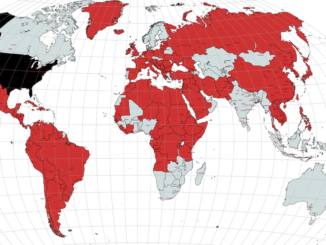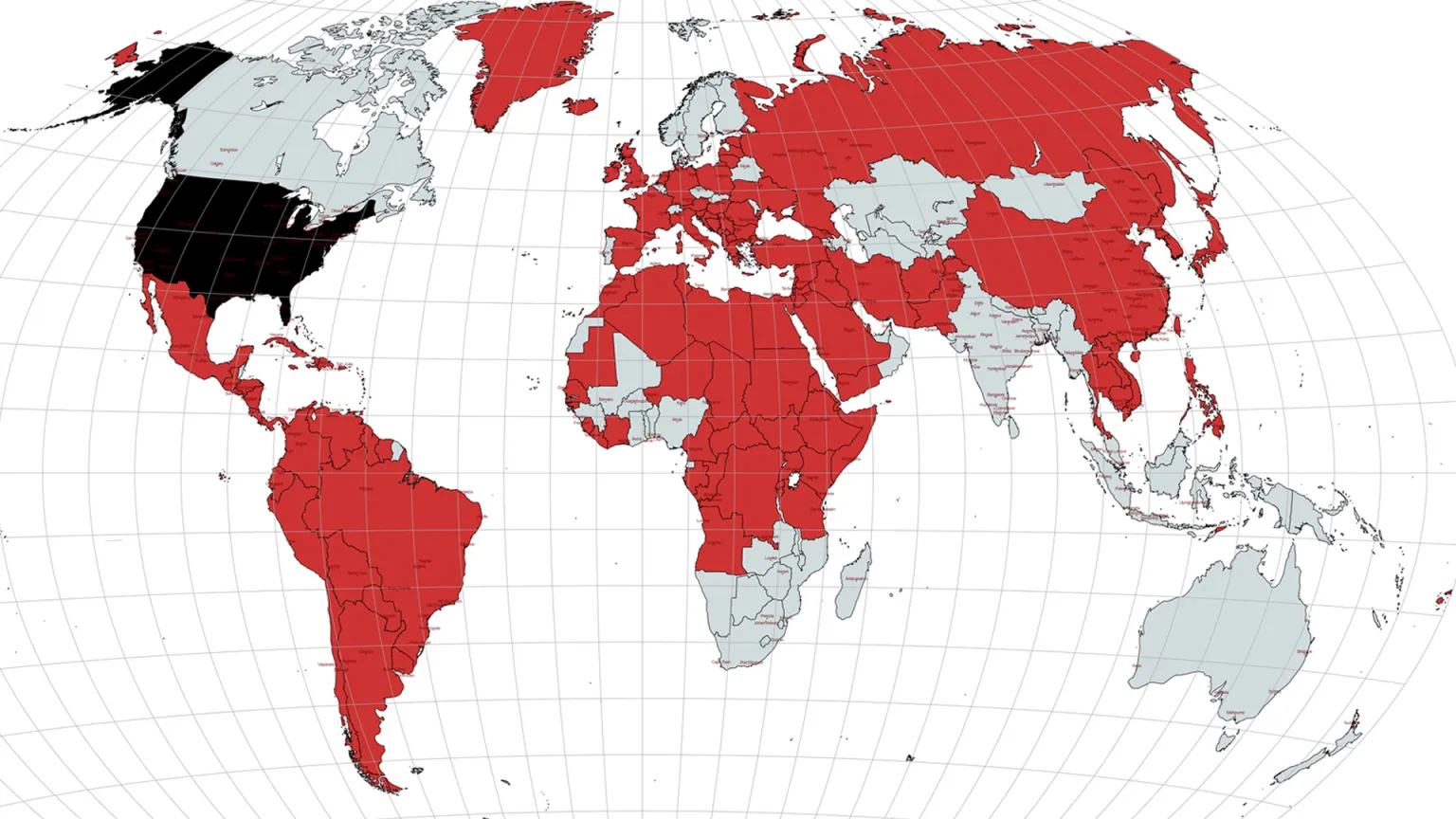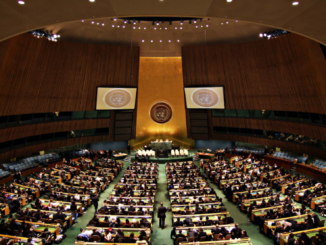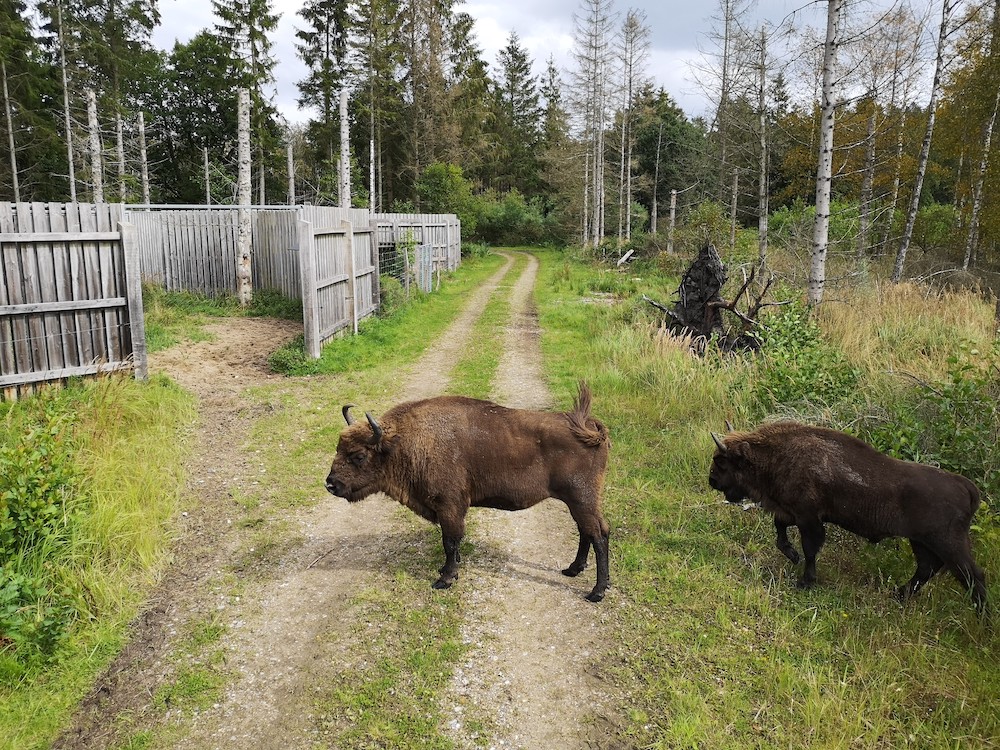
Editor’s Note: This article previously specified the species of wolf, as well as the time frame, to which it was hunted to extinction. What experts say is a missed opportunity in a European Commission proposal has been clarified. Captions for the first and third photos have been corrected.
The Swedish government is planning to cull the country’s wolf population by half. The plan faces little to no resistance in the Swedish parliament, given a majority are in favor of the proposal. But conservationists, other experts and Green Party MPs have warned the move could be a breach of biodiversity laws in the European Union (EU), risking the country being dragged to court. The issue, though, is part of a much larger and graver problem.
Europe has lost most of its mega herbivores (those weighing more than 1,000 kilograms or 2,204 pounds), 75 percent of species weighing more than 100 kg (220 pounds) and a little over half of its terrestrial mammals weighing more than 10 kg (22 pounds), a new paper points out.
And, of the species that survive today, many have reduced ranges and numbers. Suffice to say, proposals to further cull wildlife populations can only accelerate the extinction crisis. But all is not lost. At least, not yet.
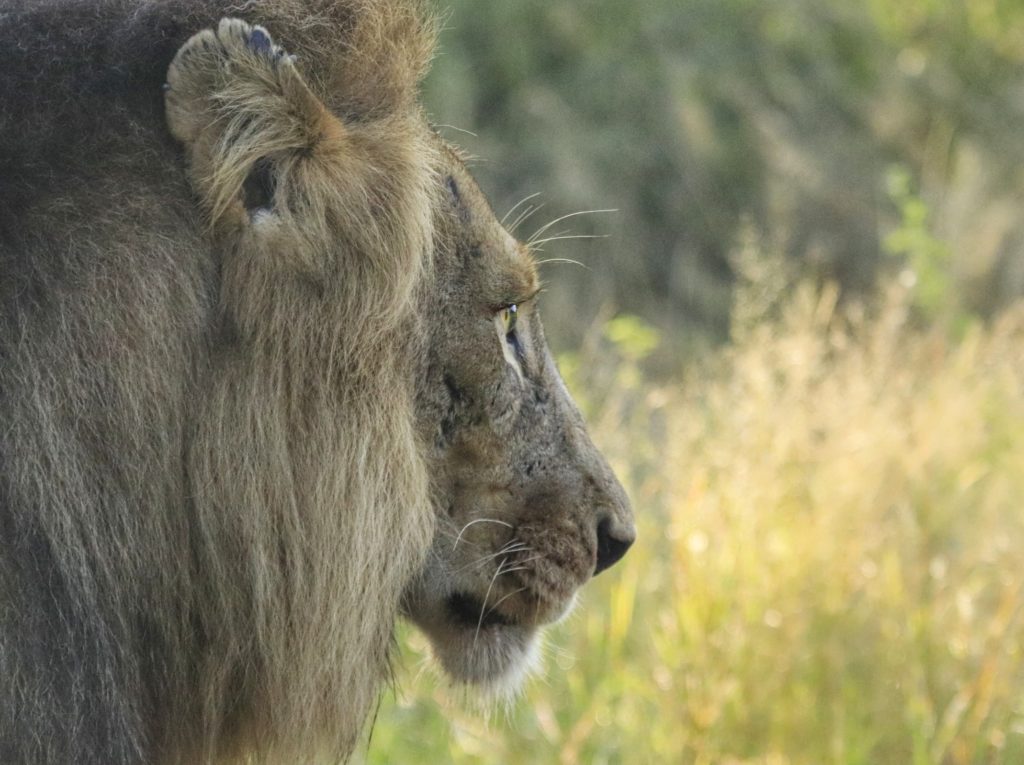
How Large Mammals Can Make a ‘European Comeback’
The paper charts a path for re-wilding Europe with large mammals, or those weighing more than 10 kg (22 pounds), both for conserving biodiversity and restoring ecosystems. It lists species, state of extinction risks, and ways of restoration, such as natural recolonization and reintroduction.
And, all this, the paper argues, is a legal obligation for Europe in light of a host of EU and international laws, including the Convention on Biological Diversity (CBD) that requires Europe to restore both the diversity and density of its megafauna. More specifically, Article 8(f) of CBD states every party that has signed onto the agreement “shall, as far as possible and as appropriate … rehabilitate and restore degraded ecosystems and promote the recovery of threatened species, inter alia, through the development and implementation of plans or other management strategies.”
Additionally, the paper states, Europe has a moral obligation to re-wild in solidarity with the Global South, which is currently doing the heavy lifting when it comes to biodiversity preservation.
“Legal obligations have definitely played a role in some real-life scenarios, such as the legal protection of wolves which has clearly aided the species’ European comeback,” Arie Trouwborst, lead author of the paper and associate professor at Tilburg Law School, told Toward Freedom.
However, in the context of general commitments to restore ecosystems, “large mammals, especially those which disappeared from Europe long ago, like elephants and lions, have largely been a blind spot—wrongly so, as our paper aims to show,” he added. No examples exist of European governments undertaking such a feat with the Global South in mind.
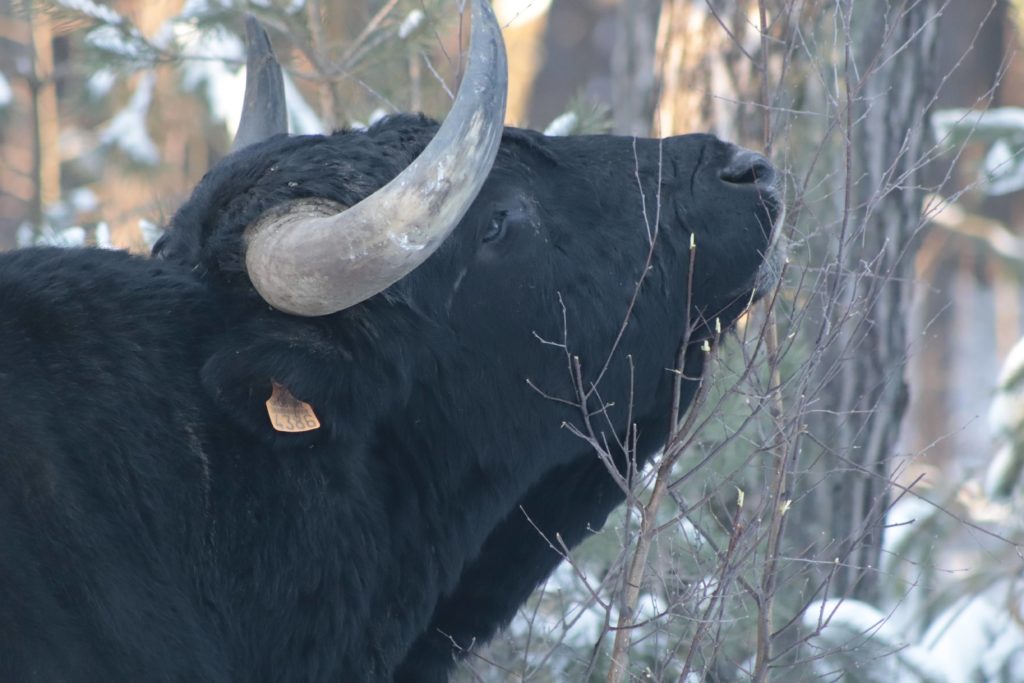
‘Life Goes On After Wolves Come Back’
Large mammals play a critical role in ecosystem restoration or even in ecosystem functions in general. Elaborating on the same, Jens-Christian Svenning, co-author on the paper, listed out three key reasons why:
- Large herbivores tend to promote heterogeneity in vegetation structure and composition as well as in soil conditions, while large carnivores contribute to this effect by modulating herbivore assemblage composition, densities and behavior, in complex ways;
- megafauna constitute and generate microhabitats for numerous other species, dependent on their living bodies, their carcasses, and their dung; and lastly,
- megafauna species are mobile and play important roles in plant and nutrient dispersal, which is crucial to maintaining local landscapes and in assisting the fight against climate change.
As for ill-thought out calls to cull wildlife, like the Swedish plan to reduce wolf populations by half, the paper says in recent decades, people in countries like Germany and France have “quickly discovered that life goes on after wolves come back.” The sentiment is also true for larger mammals that are generally considered more dangerous for human life, like brown bears, which have been successfully reintroduced in Italy’s Trento region.
The expansion of wolves in Europe is also a result of strong legal protections. Wolves were not reintroduced in Europe. Rather, they naturally began expanding into areas in which they existed before. And legal instruments like the Bern Convention and Habitats Directive assisted such expansion by ensuring countries that wolves had moved into protected them. Earlier, wolves were hunted to extinction in large parts of Europe.
The Habitats Directive has been crucial for the restoration of wolves in Europe. “It’s obvious when you compare wolf numbers in EU states that are bound by the Directive—like Sweden—to those in countries which are not, like Norway,” Trouwborst said. “Wolves have been trying to make a comeback in both countries, but they have not been successful in Norway.”
The Directive provides room for enforcing conservation action, both by the European Commission and via national courts.
Regarding even more challenging species reintroduction candidates, the paper says if people in India can co-exist with lions and elephants, and people in Tanzania and Zimbabwe can do so with hyenas and hippos, “then surely this is also possible in Europe.”
India’s population density stands at 464 people per square kilometer (or 0.38 of a square mile), as opposed to 34 people per square kilometer in Europe. And yet, the paper points out, people in India still share the landscape with elephants, rhinos, gaur (Indian bison), tigers, lions, leopards, snow leopards, caracals (a wild cat), brown bears, wolves and others.
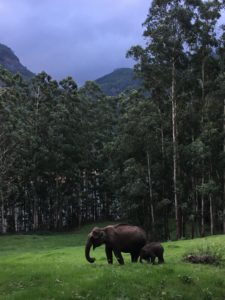
Addressing Equity in Restoration Models
Apart from CBD and EU biodiversity laws, another campaign demands decadal commitments and efforts. The United Nations has recognized the years between 2021 and 2030 as the “Decade on Ecosystem Restoration.” A guidebook on such restoration efforts points to re-wilding in Europe where “there is enough space and opportunity to introduce species that have been lost.”
But the question is “restore to what?” In other words, what is the reference point or model that could illustrate what the world needs to go back to?
“Large mammals play a key role in ecosystems and many of them disappeared due to human interference. So the big picture… the model must be the healthy ecosystems that occurred before humans wiped out many of the largest of species,” Trouwborst explained. Such models can be found today, which could be the basis for restoration in Europe. Some European ecosystems looked like versions of modern-day east and south Africa, as well as India, with elephants, hyenas, lions, rhinos and hippos.
“As Europeans we cannot keep expecting those in the Global South to continue conserving and even restoring healthy ecosystems abundant in megafauna and not take that seriously ourselves,” Trouwborst said. In addition to solidarity with the Global South, another moral argument is “you should restore what you destroyed,” he added.
The reference in Article 8(f) of CBD to “as far as possible and as appropriate,” is about equity, legal scholars point out. It is equivalent to the principle of “common but differentiated responsibilities and respective capabilities” (CBDR-RC) enshrined in the United Nations Framework Convention on Climate Change. The principle refers to developed countries being held responsible for undertaking a majority of climate action because of their historical greenhouse gas emissions. That, plus their capacity—financial in particular—to shoulder such burdens.
Carina Bury, a PhD candidate in International Environmental Law at the University of Hamburg in Germany, explained that qualifiers such as “as far as possible” that are often encountered in international environmental law should be read in light of CBDR-RC. In practice, what this also means is if someone says elephants in Europe is not plausible, then, Trouwborst argued, “I’d say look at India. If it’s possible in India, then why not in Europe? It would take some small and some big sacrifices but it’s not impossible. It’s a question of priority.”
Other researchers also have pointed out the question of equity is absent when international environmental law has been implemented.
“I found that Germany omitted to implement the treaty in the manner required by the constitution. The consequence is that the treaty remains largely inapplicable, but it puts pressure on states of the global South—such as Montenegro—to implement the same treaty,” she said of her research that found Germany neglected to conserve its wetlands. Ramsar Convention is an international treaty signed in 1971 that regulates the conservation and sustainable use of wetlands.
This reporter reached out to the federal environment ministry in Germany for a response. The copy will be updated if and when a response is received.
Considering Germany is a country with significantly above-average levels of wealth and technical know-how, it is “possible, and indeed reasonable to expect that wetlands located in German territory be managed as green infrastructure,” Bury said. She also added that when countries with sufficient resources and technical knowledge start to neglect their international obligations, less-advantaged countries are less likely to comply.
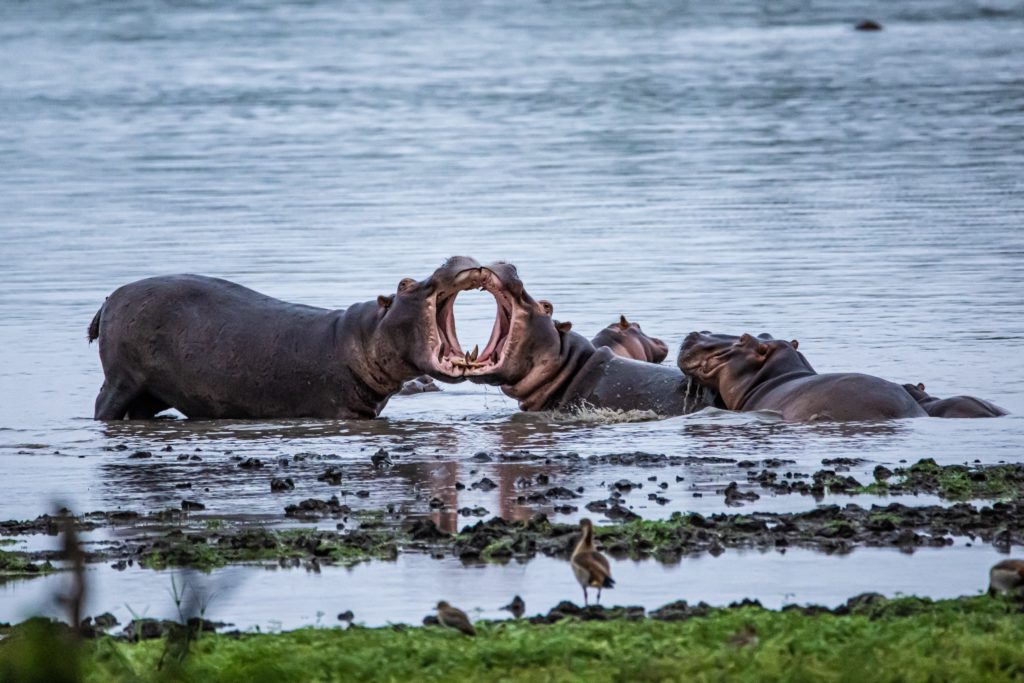
New Hope with Europe’s New Nature Restoration Law?
On June 22, the European Commission put forth a proposal for a new “Nature Restoration Law” that aims to halt both biodiversity loss and the degradation of ecosystems. The draft law aims to address a variety of ecosystems—including agricultural lands, marine habitats and urban areas—and it lays out targets to be met by 2030, 2040 and 2050.
But experts have pointed out a huge missed opportunity because the proposal does not highlight the importance of megafauna for ecosystem restoration. Plus, the proposal only focuses on those species that are included in the Habitats Directive, not those that had long ago disappeared from the European landscape. The European Commission is yet to respond to these critiques.
So while there are legal hooks in the proposal that could help restoration efforts for some large mammals,” the proposal ignores current scientific knowledge as to what healthy and well-functioning European ecosystems really looked like,” Trouwborst pointed out.
This story was developed as part of a journalism residency program at Max Planck Institute for Comparative Public Law and International Law (MPIL) in Heidelberg, Germany.
Rishika Pardikar is an Indian journalist who reports on climate change and biodiversity. She is currently a journalist-in-residence at MPIL in Heidelberg, Germany.



